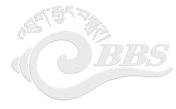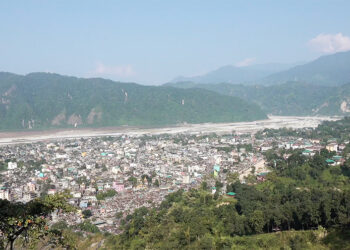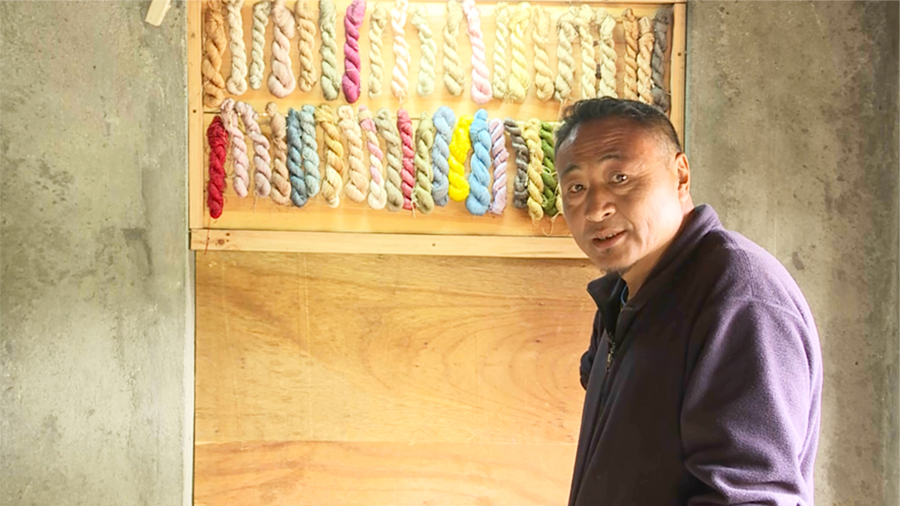
With synthetic dyes easily available in the market, the art of traditional or natural dyeing is fast fading in the country with only a few following the age-old tradition. Unwilling to give in to the evolving trends, a middle-aged Bhutanese man has found his life-long hobby in natural dyeing. He is a professional dyer and has been experimenting with natural raw materials for almost three decades and contributing to the preservation of traditional dyeing.
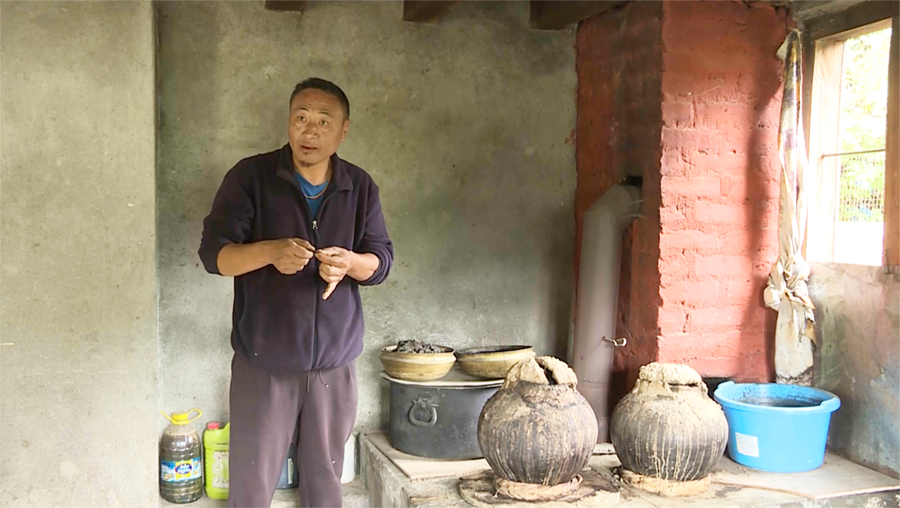 In the heart of Kabesa in Thimphu, Kencho Dekar dedicates most of his time to the meticulous art of natural dyeing.
In the heart of Kabesa in Thimphu, Kencho Dekar dedicates most of his time to the meticulous art of natural dyeing.
Operating from a quaint two-storey dyeing house, Kencho has experimented with various raw materials available in nature including plants, fruits and flowers.
Kencho’s journey began in the vibrant countryside in eastern Bhutan. Growing up among the skilled dyers of the National Handloom Development Project at Khaling in Trashigang, he absorbed the secrets of hues and shades from his father and other dyers.
Now 44, Kencho continues to innovate, blending tradition with contemporary through experiments as he explores raw materials near his doorstep.
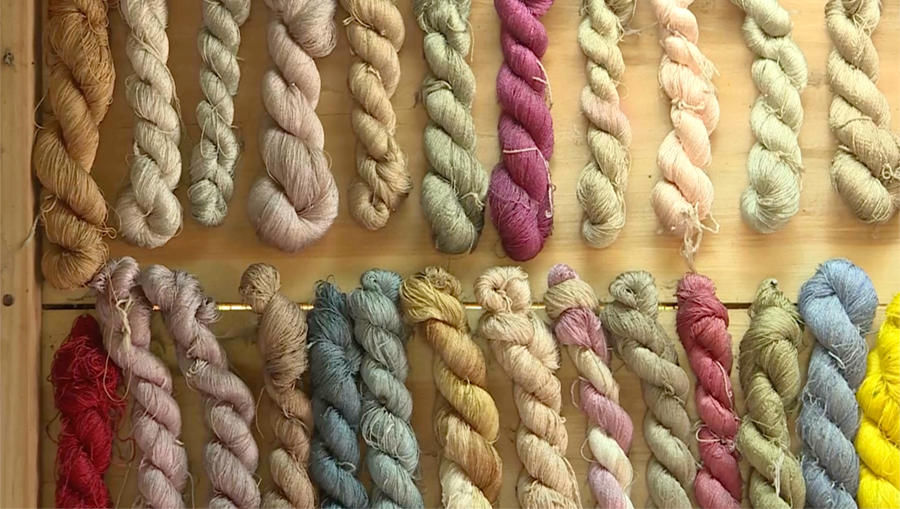 His commitment to preserving the art of traditional dyeing resonates through every vibrant shade from his experiments.
His commitment to preserving the art of traditional dyeing resonates through every vibrant shade from his experiments.
“So, as a young boy during the 90s, when my parents and other staff of the handloom development project used to dye, as a boy, when I saw them, they just dipped the white yarn in the solution and when it came out, it came out with a different colour. It seemed magical in front of me. So, my interest peaked from there and then later it became my habit.”
What initially started as a side hustle during his free time as a school-going child, gradually became a passion. After his graduation in 2005, Kencho says, he fully immersed himself in the art of natural dyeing and started working from Kabesa.
 His raw materials include easily accessible plants from the surroundings such as Chinese hibiscus rose leaves, peach leaves, walnut nutshell and bark, guava leaves, and sunflower leaves among others.
His raw materials include easily accessible plants from the surroundings such as Chinese hibiscus rose leaves, peach leaves, walnut nutshell and bark, guava leaves, and sunflower leaves among others.
Kencho has also experimented with fruits such as pomegranate, litchi covers, plums, monkey apples and pomelo among others.
“These are the colours which I have dyed with different plants. I have used more than 300 plants. So, out of that 100 plants, they have given this kind of colour which has sustained for more than 20 years. These coloured yarns are more than 20 years old.”
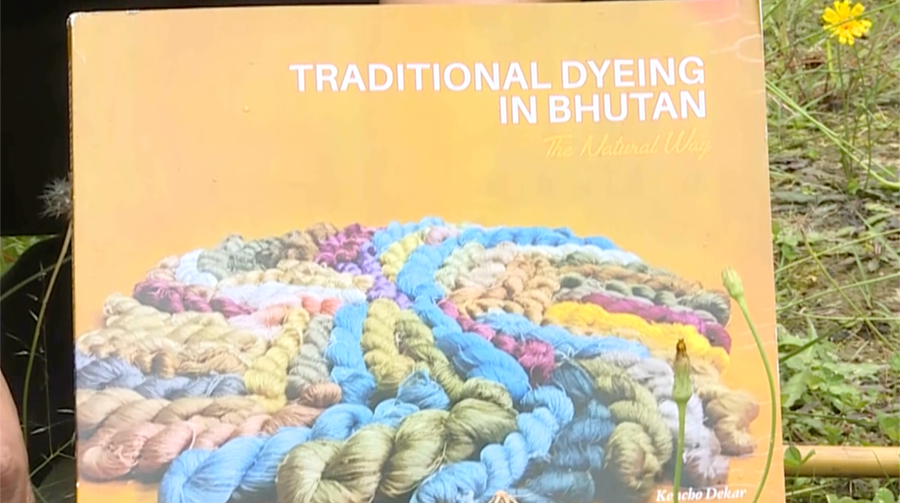 To keep a record of his work, Kencho also published a book titled “Traditional Dyeing in Bhutan: The Natural Way” in 2022. The book is a detailed documentation of procedures for some of his experiments.
To keep a record of his work, Kencho also published a book titled “Traditional Dyeing in Bhutan: The Natural Way” in 2022. The book is a detailed documentation of procedures for some of his experiments.
Kencho does not operate on a commercial scale and his work is solely driven by passion and research.
“My main motive is not for business but to make it sustainable. So, my motive is to contribute to dyeing culture’s preservation.”
Kencho also trained two batches of DeSuups for three months as part of the De-Suung Skilling Programme in 2023. He occasionally travels to Australia to teach international students upon the invitation of the University of Melbourne.
Currently, he is working on his research papers and articles with the university. Kencho hopes to publish some of his research papers by the end of the year or early next year.
Devika Pradhan
Edited by Phub Gyem
